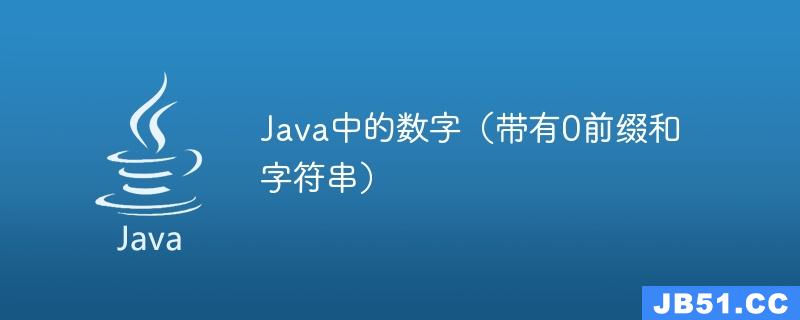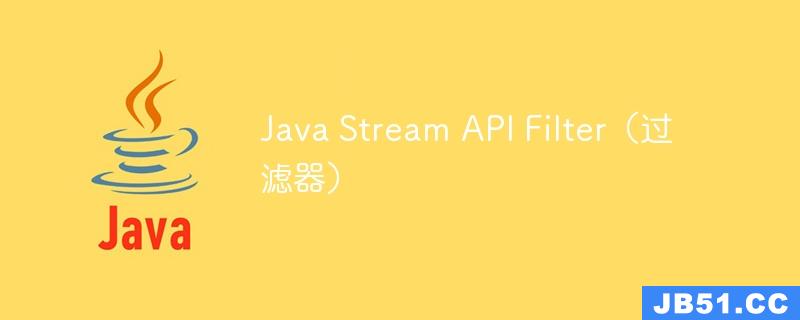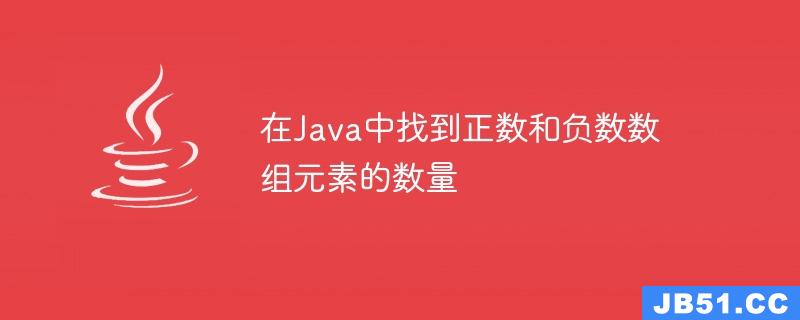我使用Runtime exec()方法在
Java中创建子进程.但是,由于子进程是一个交互式程序,我需要在需要时为它提供输入.另外,我需要显示子进程的输出.我怎样才能以最简单的方式做到这一点?
我使用StreamGobbler使用process.getInputStream()显示程序输出.但是,我不知道如何识别程序何时等待输入以及何时使用proc.getoutputStream提供输入.我怎样才能做到这一点?
解决方法
您需要复制子进程的流和系统流(system.in,System.out和System.err)之间的输入和输出.这与
my recent quesion有关.到目前为止,我找到的最佳解决方案是:
import java.io.FileInputStream; import java.io.FilterInputStream; import java.io.IOException; import java.io.InputStream; import java.io.OutputStream; import java.lang.reflect.Field; import java.nio.ByteBuffer; import java.nio.channels.AsynchronousCloseException; import java.nio.channels.FileChannel; class Streamcopier implements Runnable { private InputStream in; private OutputStream out; public Streamcopier(InputStream in,OutputStream out) { this.in = in; this.out = out; } public void run() { try { int n; byte[] buffer = new byte[4096]; while ((n = in.read(buffer)) != -1) { out.write(buffer,n); out.flush(); } } catch (IOException e) { System.out.println(e); } } } class Inputcopier implements Runnable { private FileChannel in; private OutputStream out; public Inputcopier(FileChannel in,OutputStream out) { this.in = in; this.out = out; } public void run() { try { int n; ByteBuffer buffer = ByteBuffer.allocate(4096); while ((n = in.read(buffer)) != -1) { out.write(buffer.array(),n); out.flush(); } out.close(); } catch (AsynchronousCloseException e) {} catch (IOException e) { System.out.println(e); } } } public class Test { private static FileChannel getChannel(InputStream in) throws NoSuchFieldException,illegalaccessexception { Field f = FilterInputStream.class.getDeclaredField("in"); f.setAccessible(true); while (in instanceof FilterInputStream) in = (InputStream)f.get((FilterInputStream)in); return ((FileInputStream)in).getChannel(); } public static void main(String[] args) throws IOException,InterruptedException,NoSuchFieldException,illegalaccessexception { Process process = Runtime.getRuntime().exec("sh -i +m"); Thread outThread = new Thread(new Streamcopier( process.getInputStream(),System.out)); outThread.start(); Thread errThread = new Thread(new Streamcopier( process.getErrorStream(),System.err)); errThread.start(); Thread inThread = new Thread(new Inputcopier( getChannel(system.in),process.getoutputStream())); inThread.start(); process.waitFor(); system.in.close(); outThread.join(); errThread.join(); inThread.join(); } }
这里棘手的部分是从system.in中提取一个通道.如果没有这个,你将无法在子进程终止时中断读取输入的线程.
这种方法有一个严重的缺点:关闭system.in之后,你再也无法读取它了.我目前使用的解决方法是使用单个输入重定向线程用于所有子进程.





